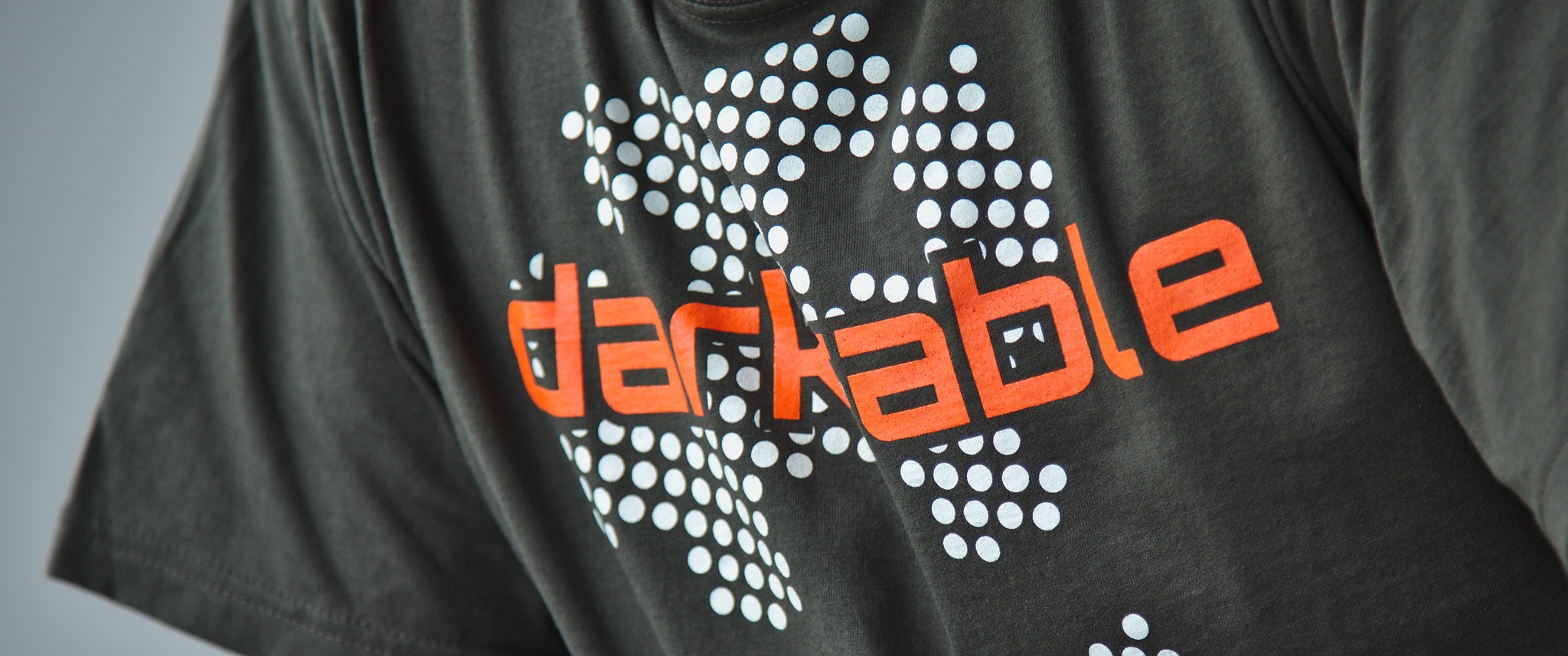

Note: While JPEG is useful for most purposes, if you wish to perform further edits in a raster editor like GIMP or Krita, it is normally better to export in TIFF format. Starting with the Sigmoid display transform module, this can be used in place of the existing filmic and base curve modules. Choose a “file format” of JPEG and keep the default settings.Ĭlick the “export” button to save your processed images in the selected location. Select which images to export (if you are in the lighttable view), open the export module, set target storage to “file on disk” and select a location to save your images – by default, they will be exported to a “darktable_exported” directory within the directory that contains your Raw file(s). You can either export the currently-edited image directly from the darkroom view or select one or more images from the lighttable view and export them all at once.

The export module offers many options, but by far the most common use is to “save a developed raw image as a JPEG”.

It is a RAW image processor, as well as a photo management tool. What is Darktable Darktable combines several photo tools under one umbrella. In this tutorial, I'll help you get started with Darktable. Watch as I make some simple edits to a photo using the free, open source (FOSS) RAW photo editor darktable.Support the channel and learn more with The Open S. It's a capable replacement for Adobe Lightroom for Linux users. You therefore need to export images in order to bake your edits into an output file that can be distributed outside of darktable. It's a RAW processor and photo manager for Linux. Darktable is a non-destructive editor, which means that all changes are recorded in the library database (with a backup stored in an XMP sidecar file), and the original Raw file is left untouched.


 0 kommentar(er)
0 kommentar(er)
